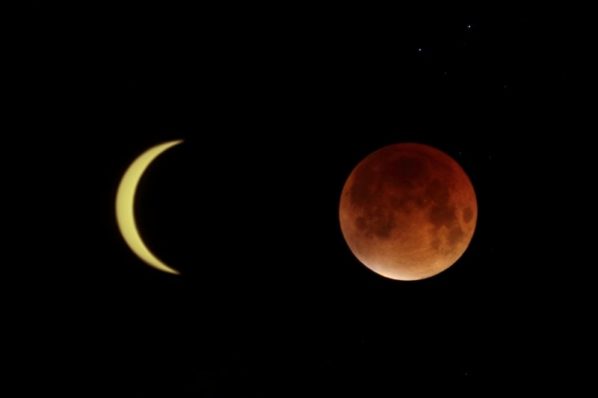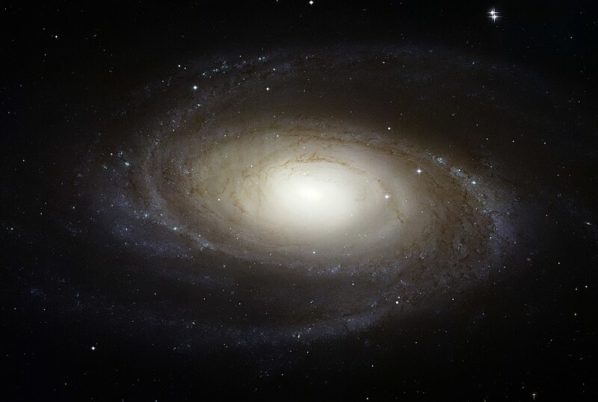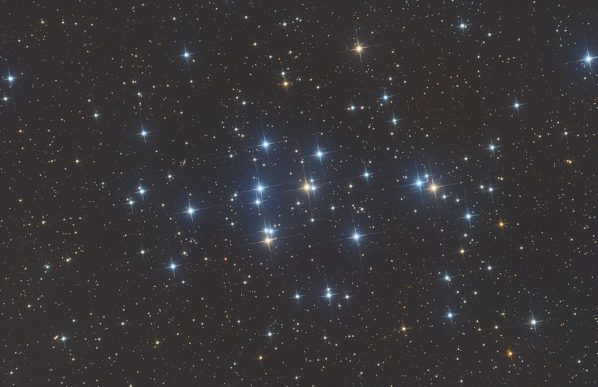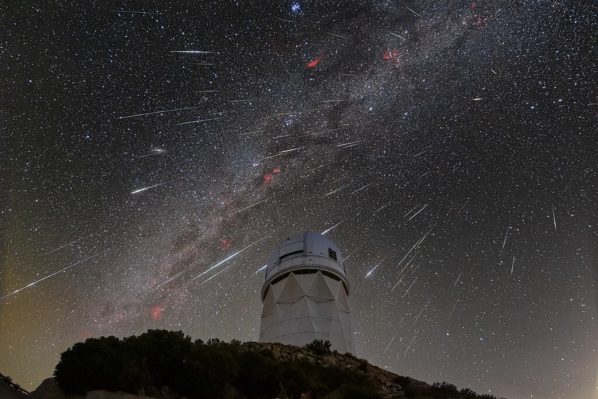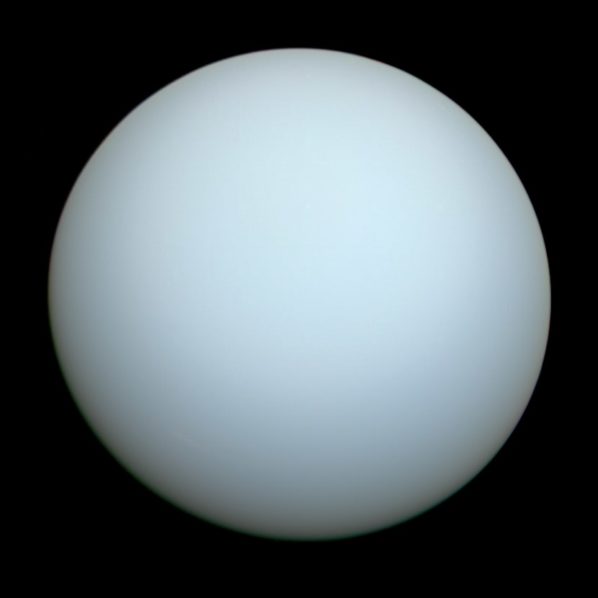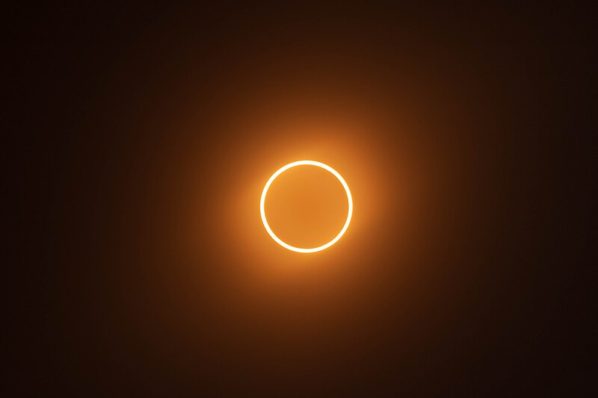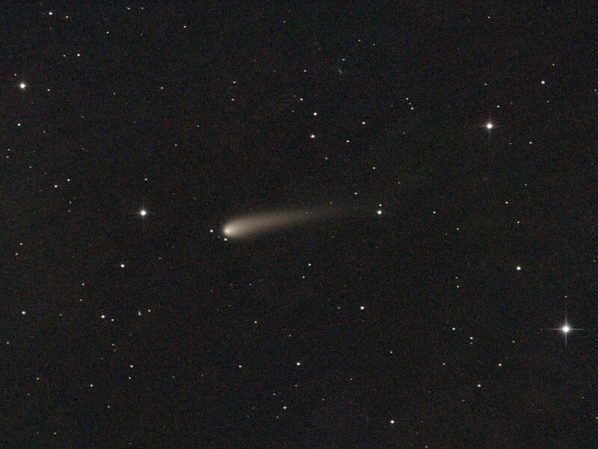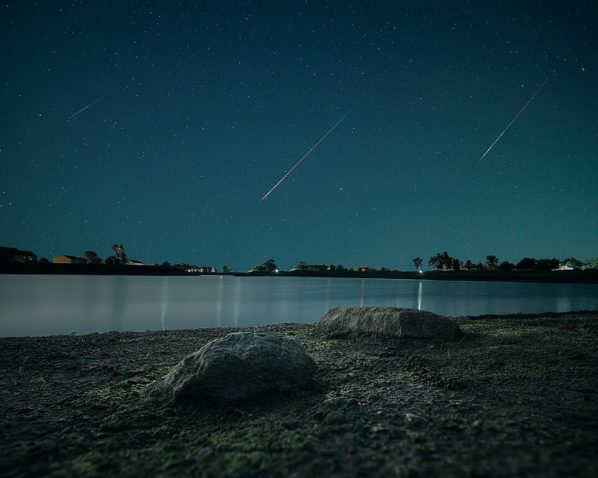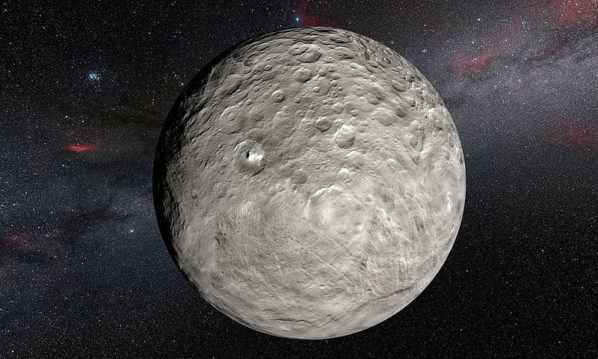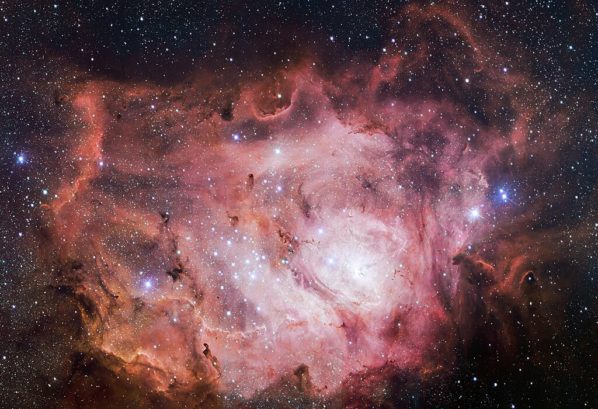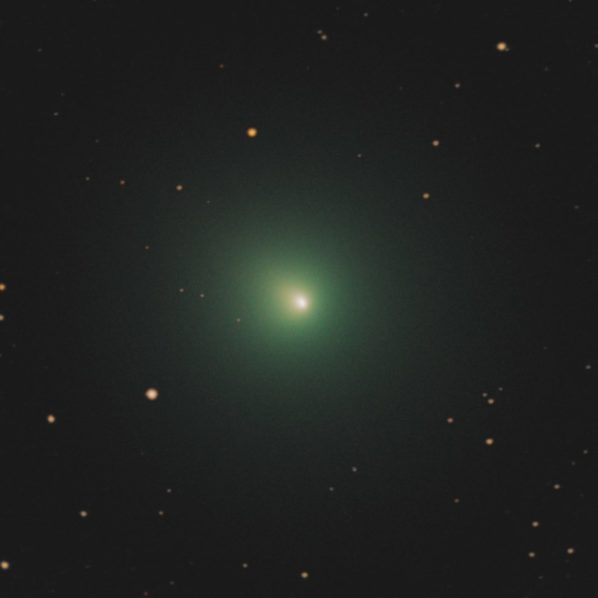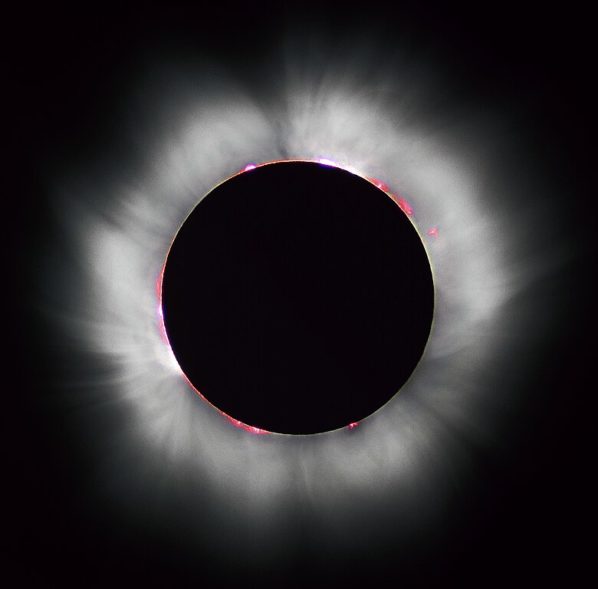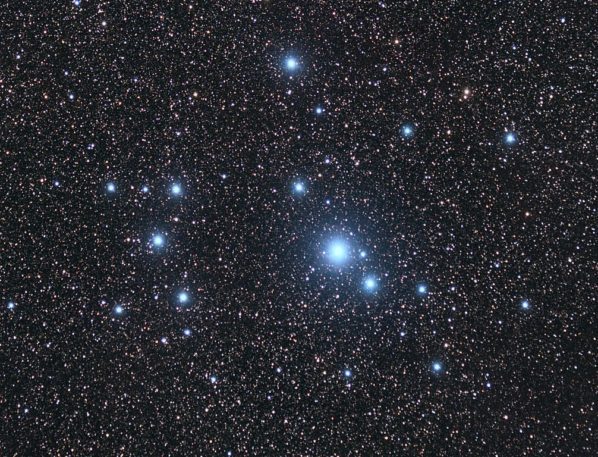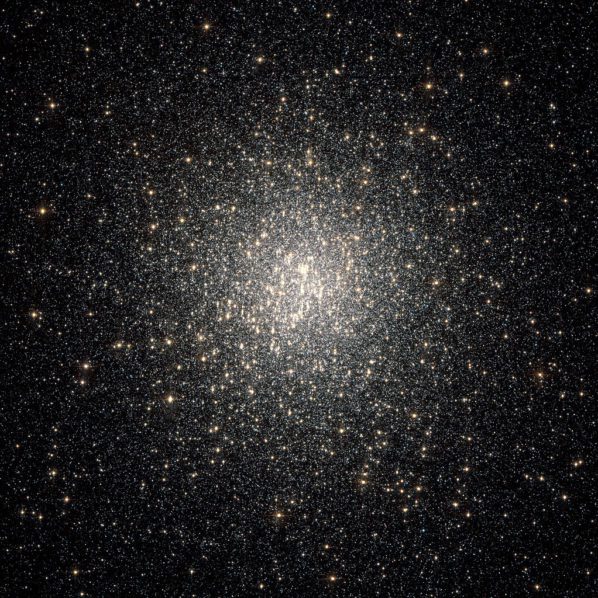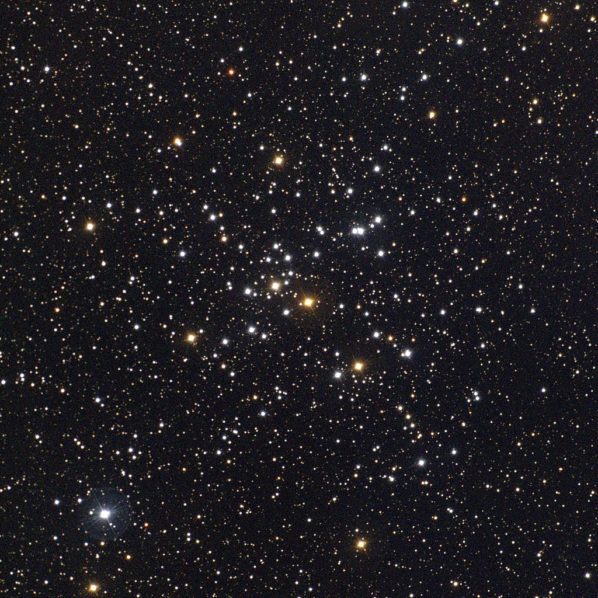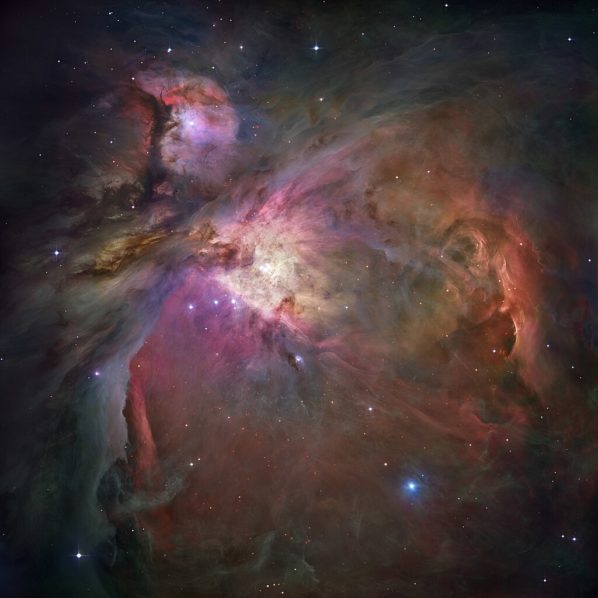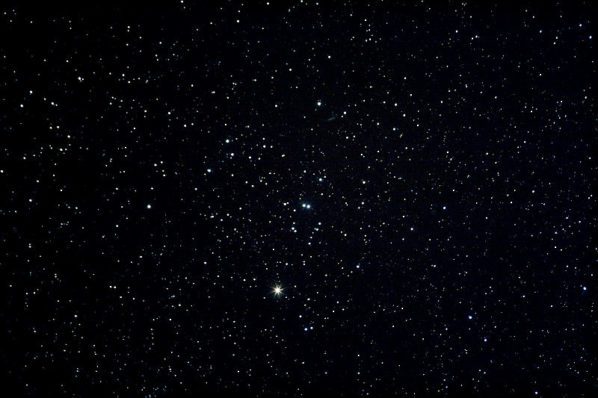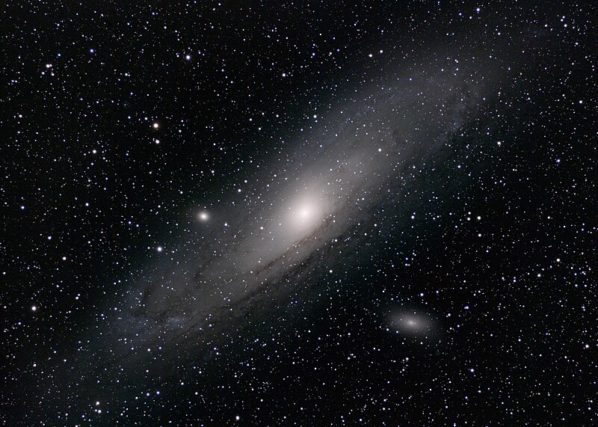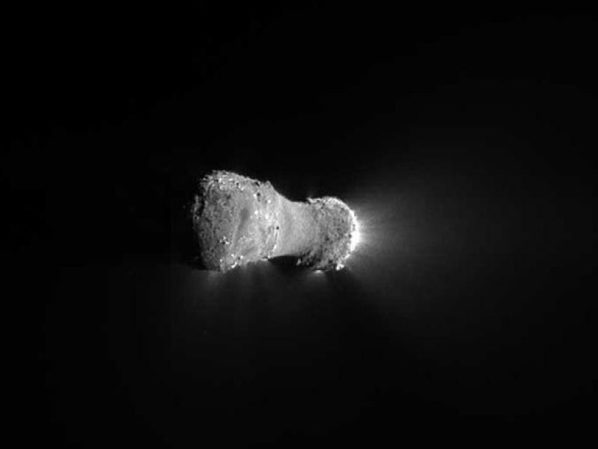Stargazing Calendar for March 2025
Discover the best astronomy events for stargazing in March 2025, including a total lunar eclipse, a partial solar eclipse, and planetary alignments.
Stargazing Calendar for February 2025
Discover the top stargazing and astronomy events in February 2025, featuring planetary conjunctions, meteor showers, and more celestial wonders.
Stargazing Calendar for January 2025
Discover the top stargazing events in January 2025, including meteor showers, asteroid oppositions, and planetary alignments. Perfect for astronomy enthusiasts!
Stargazing Calendar for December 2024
Discover the wonders of stargazing in December 2024, with stunning nebulas, meteor showers, and planetary alignments—perfect for every astronomy enthusiast!
Stargazing Calendar for November 2024
Explore stargazing in November 2024 with exciting astronomy events, from meteor showers to planetary alignments. Perfect opportunities all month long.
Stargazing Calendar for October 2024
Explore exciting stargazing events in October 2024, including meteor showers, a solar eclipse, and more. A must-read for astronomy enthusiasts!
Stargazing Calendar for September 2024
Explore the best stargazing events of September 2024, including meteor showers, planetary conjunctions, and more. Perfect for astronomy enthusiasts!
Stargazing Calendar for August 2024
Discover the highlights of stargazing in August 2024 with key astronomy events, including planetary conjunctions and the Perseid meteor shower.
Stargazing Calendar for July 2024
Explore the highlights of stargazing in July 2024, featuring the oppositions of Ceres and Pluto and meteor showers peaks, perfect for astronomy fans.
Stargazing Calendar for June 2024
Discover key astronomy events for stargazing in June 2024, including meteor showers, asteroid oppositions, and comet sightings. Don't miss the celestial highlights!
Stargazing Calendar for May 2024
Discover the astronomical wonders of stargazing in May 2024, such as the asteroid Pallas at opposition or the comet 46P/Wirtanen at perihelion.
Stargazing Calendar for April 2024
Discover the celestial marvels of stargazing in April 2024 with a total solar eclipse, the Lyrid meteor shower, and the perihelion of a comet.
Stargazing Calendar for March 2024
Explore the celestial spectacle of March 2024 with our stargazing guide and astronomy calendar. Discover the wonders awaiting in the night sky this month!
Stargazing Calendar for February 2024
Discover the celestial wonders awaiting you in stargazing this February 2024. Explore planetary conjunctions, comet sightings, and more in this captivating astronomical journey.
Stargazing Calendar for January 2024
Explore the celestial wonders of stargazing this January 2024, featuring a breathtaking lineup of events. From meteor shower peaks and planetary conjunctions to the enchanting ascent of clusters like the Little Beehive, dive into a month of awe-inspiring astronomical marvels that illuminate the night sky.
Stargazing Calendar for December 2023
Explore the celestial wonders of December 2023 with meteor showers, planetary alignments, and cosmic events that paint the night sky. Discover the grandeur and beauty of astronomical phenomena in this captivating journey through the stars.
5 Types of Neglected Infrastructure That Can Cause Disaster
Iconic bridges symbolize many cities. But bridges and other structures don’t last forever. Here are 5 types of neglected infrastructure that can cause disaster.
Stargazing Calendar for November 2023
November 2023 brings celestial spectacles: meteor showers, planetary oppositions, and captivating conjunctions. Don't miss these cosmic events!
Stargazing Calendar for October 2023
October's night sky is set to dazzle with celestial spectacles. From planetary alignments to meteor showers and eclipses, don't miss these captivating astronomical events.
Stargazing Calendar for September 2023
This month, the night sky beckons with a captivating celestial lineup. Look forward to the intriguing dance of planets in conjunctions, the mesmerizing streaks of meteors during showers, and Venus radiating at its brightest. Don't miss the chance to witness Comet Hartley 2's close encounter or the majesty of the 47 Tuc globular cluster. The September sky promises a celestial spectacle for all to enjoy!

